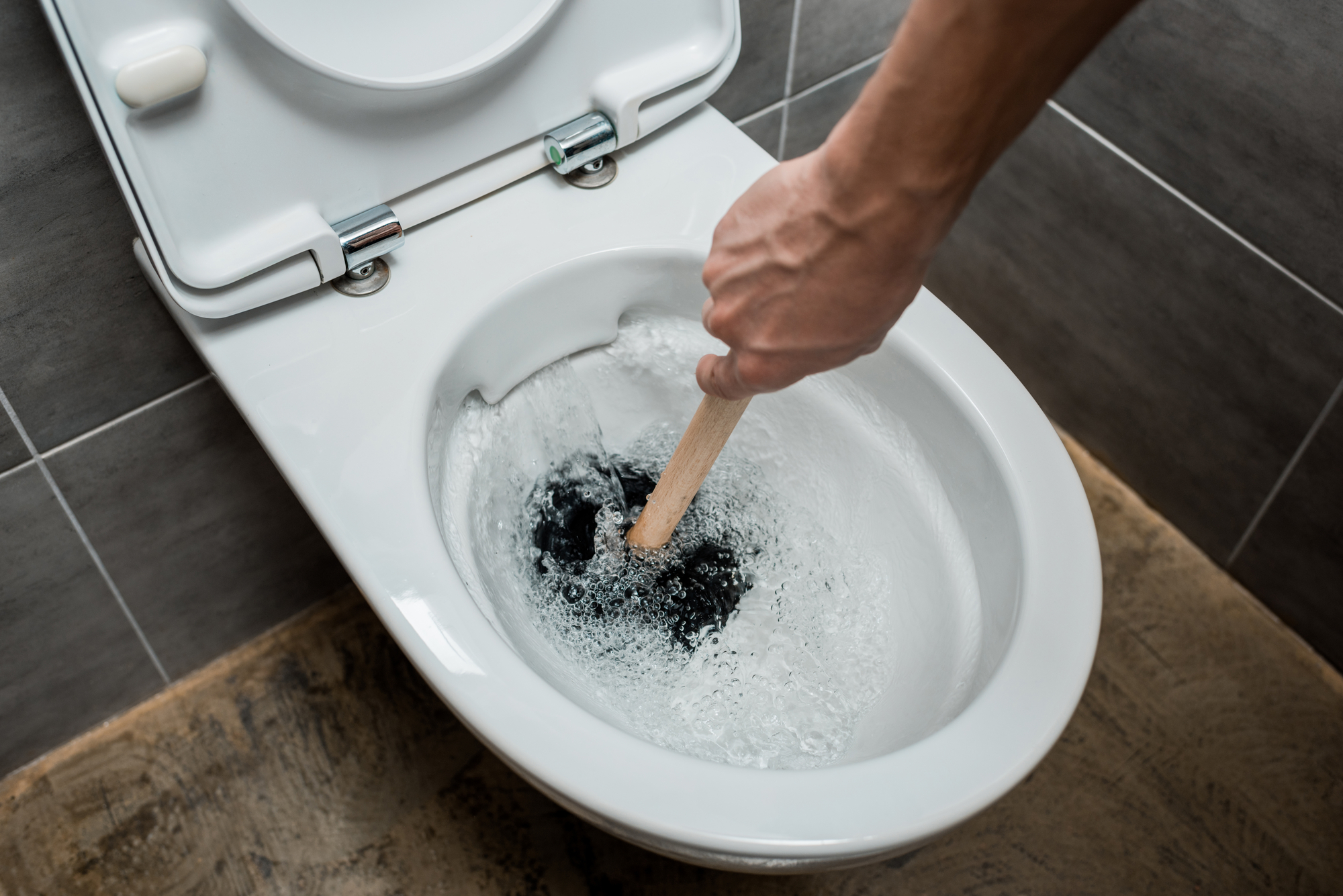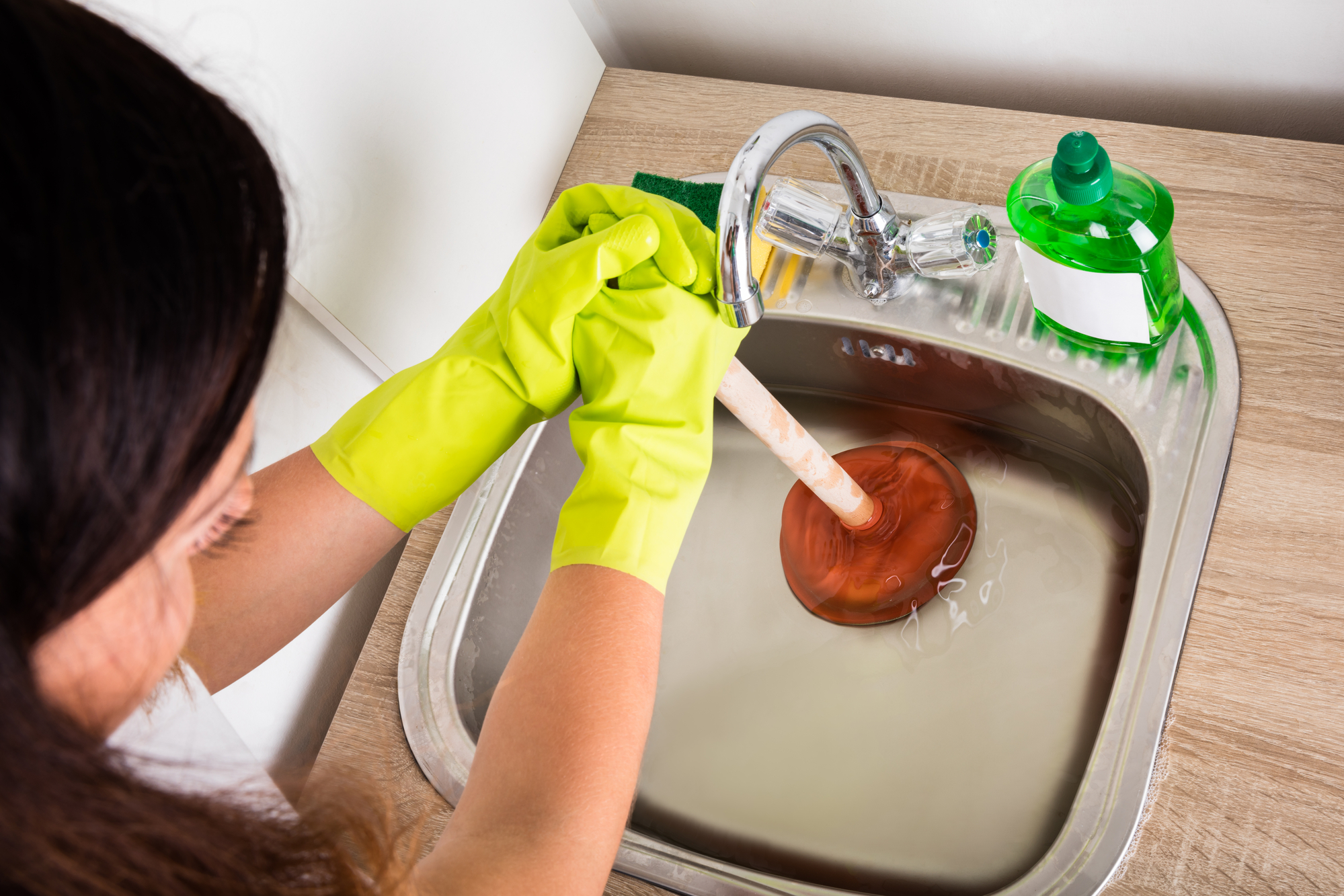The realm of home maintenance is intricate and expansive, with plumbing sitting right at its core. Today, we delve into the exciting world of DIY plumbing solutions. Whether you’re a seasoned householder or a novice homeowner, this article offers valuable insight into five common plumbing issues and their corresponding DIY solutions. Remember, a well-informed homeowner can save several hundred dollars in plumbing repairs. Let’s get started.
Understanding Your Plumbing System
Before diving into the solutions, it’s crucial to gain a basic comprehension of your residential plumbing system. Primarily, the system comprises two subsystems – one that brings in freshwater and one that eliminates waste water. Some common components of these systems include pipes, valves, and fixtures.
1. Fixing a Leaky Faucet
The incessant drip of a leaky faucet may seem like a small problem, but it can lead to significant water wastage over time. Often, this issue is a result of worn-out components.

Steps to fix:
a. First, identify the type of faucet you have – a compression faucet with separate hot and cold water, a ball faucet, a cartridge faucet, or a ceramic-disk faucet.
b. Once identified, gather your tools and replacement parts. Remember, always tighten parts appropriately – overtightening can lead to additional problems.
Keep in mind that this is a basic solution, and the complexity of the task can vary based on your particular faucet type.
2. Unclogging a Blocked Drain
Nearly every homeowner has experienced the annoyance of a blocked drainage pipe. Luckily, this common issue can often be resolved without professional help.
Steps to fix:
a. Use a plunger or a plumber’s snake to dislodge the clog.
b. For stubborn clogs, a mixture of vinegar and baking soda often works.

c. If all else fails, consider a chemical drain cleaner but use this sparingly as it can damage your pipes over time.
3. Repairing a Running Toilet
A running toilet is a typical plumbing annoyance, but the solution is relatively straightforward.
Steps to fix:
a. Adjust the float level as it might be causing the fill valve to overwork.
b. If this doesn’t resolve the issue, inspect the flapper or the fill valve for wear and tear and replace if necessary.
4. Clearing a Slow Shower Drain
A slow draining shower can be a sign of a partial blockage.
Steps to fix:
a. Remove the showerhead and pour a mix of vinegar and baking soda directly into the drain.
5. Dealing with Low Water Pressure
Low water pressure can be frustrating. Often, the problem lies in mineral accumulation in aerators or showerheads.
Steps to fix:
a. Clean aerators and showerheads with vinegar regularly to prevent and fix this issue.
Conclusion,
DIY plumbing fixes can save you a significant amount of money, but knowing when to call in a professional is equally important. The key is in knowing your limitations and the complexity of the problem at hand. Remember, some issues require a professional plumber’s expertise, and DIY solutions sometimes serve as a temporary fix.
If you’re seeking top-notch, professional plumbing services around the clock, our team is just a click away. Stay tuned to our blog for more helpful DIY tips and updates from the plumbing industry. Do remember to share your thoughts in the comments section!






